
NEWCOMERS
MATTHEW L. SCHUERMAN
THE UNIVERSITY OF CHICAGO PRESS | CHICAGO AND LONDON
The University of Chicago Press, Chicago 60637
The University of Chicago Press, Ltd., London
2019 by Matthew L. Schuerman
All rights reserved. No part of this book may be used or reproduced in any manner whatsoever without written permission, except in the case of brief quotations in critical articles and reviews. For more information, contact the University of Chicago Press, 1427 E. 60th St., Chicago, IL 60637.
Published 2019
Printed in the United States of America
28 27 26 25 24 23 22 21 20 19 1 2 3 4 5
ISBN-13: 978-0-226-47626-1(cloth)
ISBN-13: 978-0-226-47643-8(e-book)
DOI: https://doi.org/10.7208/chicago/9780226476438.001.0001
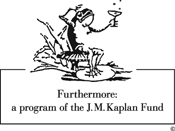
Publication of this book has been supported by Furthermore: a program of the J. M. Kaplan Fund.
Library of Congress Cataloging-in-Publication Data
Names: Schuerman, Matthew L., author.
Title: Newcomers : gentrification and its discontents / Matthew L. Schuerman.
Description: Chicago ; London : The University of Chicago Press, 2019. | Includes bibliographical references and index.
Identifiers: LCCN 2019016538 | ISBN 9780226476261 (cloth : alk. paper) | ISBN 9780226476438 (e-book)
Subjects: LCSH: Cities and townsUnited States. | GentrificationNew York (State)New York. | GentrificationIllinoisChicago. | GentrificationCaliforniaSan Francisco.
Classification: LCC HT175 .S265 2019 | DDC 306.760973dc23
LC record available at https://lccn.loc.gov/2019016538
 This paper meets the requirements of ANSI / NISO Z39.48-1992 (Permanence of Paper).
This paper meets the requirements of ANSI / NISO Z39.48-1992 (Permanence of Paper).
For Meredith
In succession
Houses rise and fall, crumble, are extended,
Are removed, destroyed, restored, or in their place
Is an open field, or a factory, or a by-pass.
T . S . ELIOT, Four Quartets
CONTENTS
Gentrification is all around us. Its in the neighborhoods we walk through, the conversations we have, the blogs we read. Its in the clothes we wear (boutique or chain) and in the food we eat (organic or conventional). Its reflected in the walls of our homessheetrock indicates new construction, while unpainted brick expresses authenticityand in the gardens we plant on vacant lots (an example of reclaiming the inner city from abandonment). Its in the decision to bike, take the subway, or drive to work. Gentrification is arguably in every breath we take: Is it a dirty breath of air polluted by a dying manufacturing base? Or is it a clean one because you live in a city with a postindustrial office economy?
Most of the thoughts and conversations we have on the topic, however, reflect a simplistic understanding of the phenomenon. Its easy to think of gentrification as something that happened when people who are richer than we are move into our neighborhood and destroy its charm. Except, five or ten or even twenty years earlier, when we moved into this neighborhood, someone else may well have thought we were the ones destroying its charm. We were the ones who didnt patronize the bodega because it didnt stock organic milk. We were the ones who didnt go to the laundromat because we had our own washing machines. If you go far enough back, you will arrive at some point in the 1950s, as white middle-class flight to the suburbs was reaching its peak. While those with means were moving out of the city, a few prescient beings decided to move back in. They renovated brownstones, passed historic preservation legislation, and fought off urban renewal schemes. In contrast to suburbanites, they were looking not just for a home, or a good school for their kids, or a shopping strip where they could get their groceries. They liked what cities had to offer in terms of proximity, vibrancy, and diversity. They wanted, like Goldilocks, a just right neighborhood: one that was not too expensive, not too dangerous, not too far from their jobs.
As time has passed, these just right neighborhoods have become increasingly wrong due to their own popularity. Now, more than 50 percent of households in New York City pay whats officially considered unaffordable housing costs. In San Francisco, the percentage is even higher. And the rate of gentrification is accelerating. Governing magazine determined that between 1990 and 2000, fewer than one out of every ten poor neighborhoods gentrified; the following decade, that number grew to two out of every five. And thats nationwide: in celebrity cities like New York City; Portland, Oregon; Minneapolis; Seattle; Washington, DC; and Austin more than two out of every five poor neighborhoods, and sometimes three out of every five, gentrified. Now, our cities are becoming like Boston Creams, the centers rich and pampered while the exteriors are plain and hard to get through.
Meanwhile, gentrification has become a tremendously polarizing issue. In East Austin, bandana-wearing protestors gather regularly outside a caf located where a piata store once stood, at least once resulting in bloodshed; in Seattle, the city council attempted to impose a head tax on major employers to raise money for affordable housing, but backed down after Amazon and other corporations poured hundreds of thousands of dollars into an opposition campaign; in Los Angeles, a group has taken aggressive measures, such as online trolling, to tell an art gallery and a real estate bike tour that they are not welcome. And in numerous places, rent-controlled tenants have been harassed, threatened, discouraged, and evicted if their units could fetch more on the open market. There is no sign that the pace of gentrification, nor the vigor of the backlash, will subside soon.
GENTRIFICATION, DEFINED
One tongue-in-cheek definition of gentrification is that its something that happens when people richer than you move into your neighborhood. In other words, people tend to see themselves as victims of gentrification more frequently than perpetrators of it, and only protest when it threatens their ability to remain. It is a very subjective term, which is one reason I have adopted a very simple definition: gentrification is the process by which a low-income neighborhood becomes a wealthy neighborhood. (To qualify, the neighborhoods median income has to move from less than the median of the surrounding metropolitan statistical area, to more than the area median). Some other definitions of gentrification also consider whether housing prices increase, or the ethnic and racial make-up of a neighborhood shifts, or the education level among residents changes. I do not see a need to complicate the definition, since higher rents, more education, fewer people of color are all ancillary effects.
(Another term worth quibbling about is middle class, which I tend to avoid. I prefer middle income to designate people in the third quintile of the income range of a particular Census-defined metropolitan area; upper middle income, and upper income refer to the fourth and fifth quintiles, while low income and very low income refer to the second and first quintiles, respectively.)
Next page



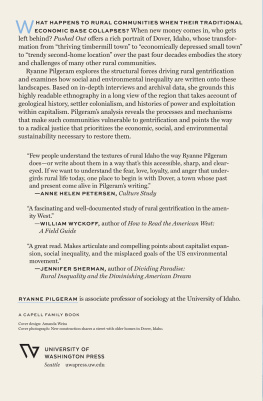
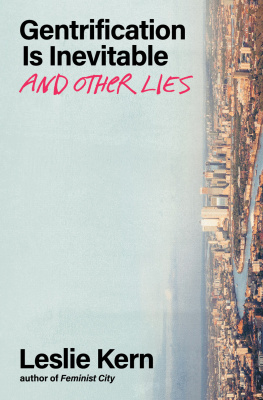
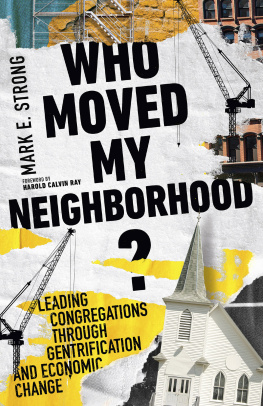
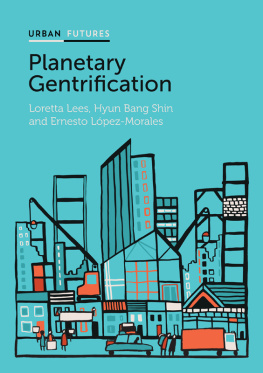
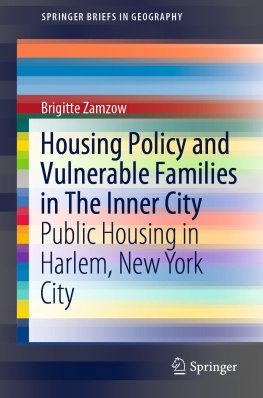
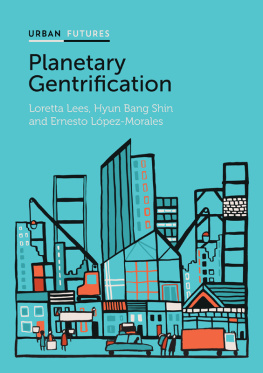
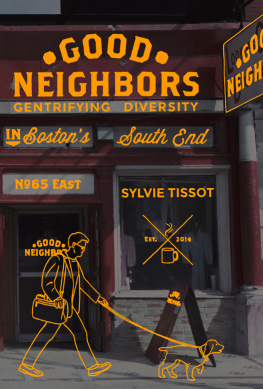

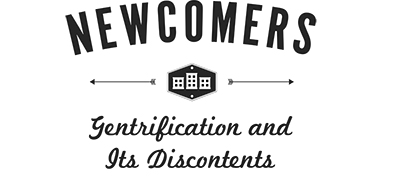

 This paper meets the requirements of ANSI / NISO Z39.48-1992 (Permanence of Paper).
This paper meets the requirements of ANSI / NISO Z39.48-1992 (Permanence of Paper).